
How To Choose A Mountain Bike Based On Your Needs And Preferences?
The rush of adrenaline that mountain biking provides is what hooks up many sports enthusiasts on it. Whether they’re just exploring their local area or heading to the bike parks or trails, they all have one thing in common: a bike that suits their needs like a glove. Of course, any amateur can enjoy mountain biking without the best equipment out there (here are bikes under 200 reviews), but if you’re a serious rider, there are a few things to consider before you decide to make a purchase.
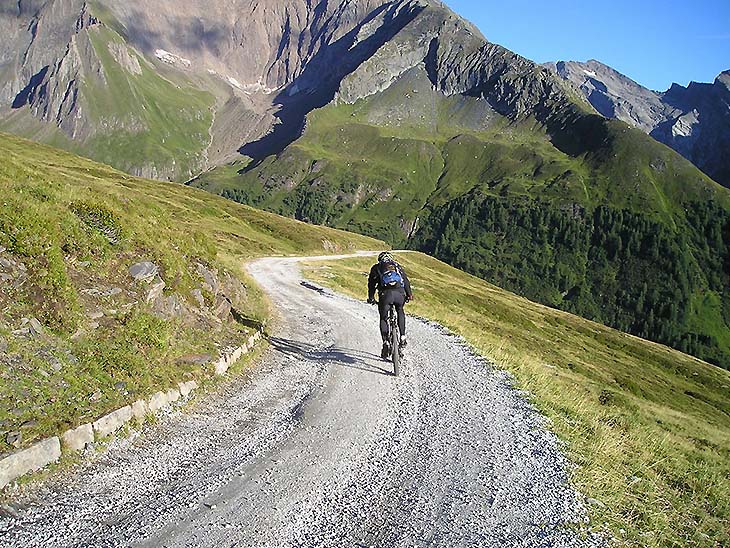
When figuring out which mountain bike is the best choice for you, you should approach this dilemma from different angles. With plenty of options, the task of deciding on the right one might seem overwhelming at first. Before diving into anything, you should establish the size because a mountain bike is unsuitable for safe riding if it doesn’t fit you properly. Frame material is also essential, and you have to choose between aluminum and carbon fiber. Wheel size, which refers to the circumference of the wheel, will determine the size of your tires, which is crucial when it comes to improving traction. Full-suspension or dual-suspension bike? Hardtail or rigid? Are you going to ride cross-country or stick to trails? That’s an abundance of questions with even more possible answers.
Continue reading if you need a hand choosing the right mountain bike for you.
Size Matters
Frame size is one of the most important things when it comes to choosing a mountain bike. If it doesn’t fit you, you won’t be able to comfortably ride it for extended periods. The measurement method differs from model to model. Most mountain bike producers provide general sizing guides on their websites. Your height and inseam length are most important here. You need to get a bike that accommodates both of these factors just right, so the seat and handlebars are at the perfect height.
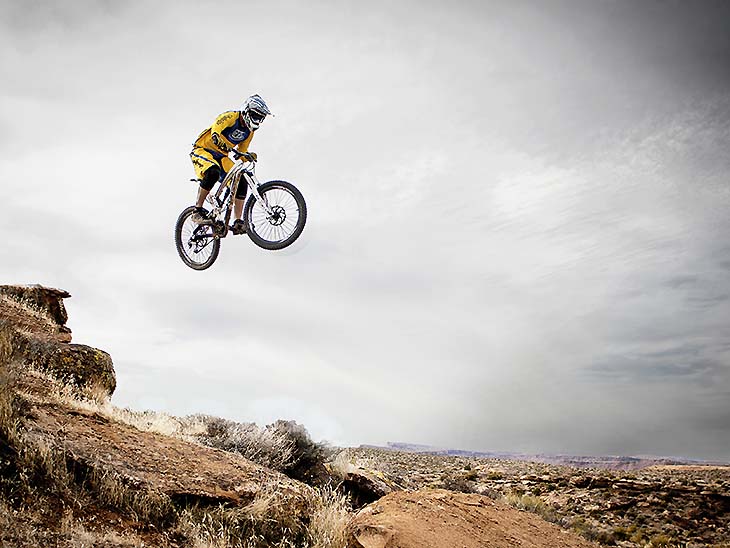
It’s also worth noting that various brands use different standards, so make sure to check them out. The manufacturer usually provides the size recommendation. If you’re not sure whether a particular bike fits, don’t be afraid to ask for a test drive. Most shops offer this service, and it will give you a better idea about what you need and prefer.
What Type of Riding Do You Plan To Do?
There are several types of mountain bikes designed for specific riding styles. It can be pretty confusing to an inexperienced rider, but a few guidelines can help you figure out what type of bike suits your needs the best.
Cross-country bikes are among the most popular mountain bikes out there. They have a lightweight frame and smaller wheels, which means they’re ideally suited for going fast over long distances. Their design makes them extremely agile and easy to handle, so they’re perfect for recreational rides. If you’re looking forward to fast rides through rolling hills or forest trails, this is your bike!
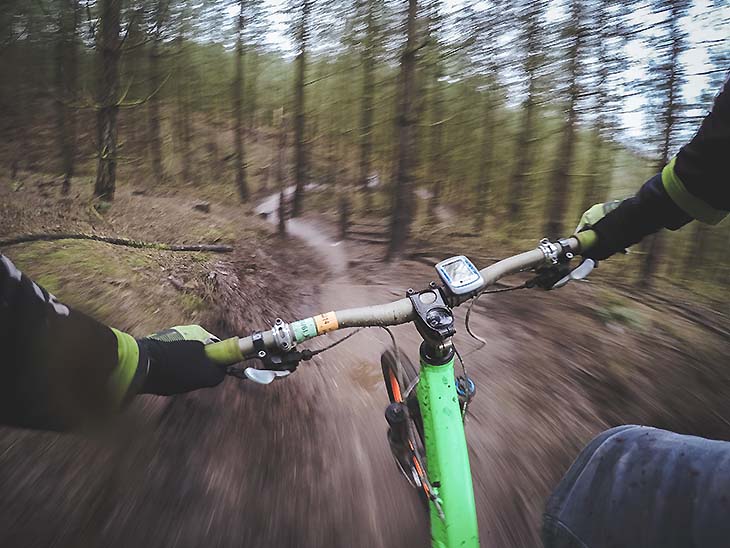
Mountain bikes come equipped with different kinds of suspension systems. The hardtail design usually features only front suspension, while full-suspension bikes have both front and rear suspension. This distinction is crucial if you intend to ride on off-road trails because the rear suspension provides extra cushioning during big bumps. Full-suspension mountain bikes are more expensive than their hardtail counterparts, but they’re also more comfortable and suitable for any terrain.
On the other hand, rigid mountain bikes lack suspension entirely. These bikes are cheaper than others, but they don’t have any shock absorption features. This fact makes them uncomfortable to ride on rough terrain, so you should stay away from them if you don’t intend to stick to groomed trails only.
Full-suspension vs Hardtail
A big choice that many mountain bikers face nowadays is between full-suspension bikes and hardtails. Depending on the type of trail they want to ride, both options have their pros and cons. So let’s take a look at each of them!
Hardtail mountain bikes are characterized by their rigid frame. This design relies solely on the front suspension, usually provided by coil springs or air-filled forks. On the other hand, full-suspension bikes feature both front and rear suspension. These models are generally more comfortable than hardtails because they provide extra cushioning during bumps. However, full-suspension bikes are also heavier, so they aren’t suitable for climbing steep gradients or riding on technical downhill trails.
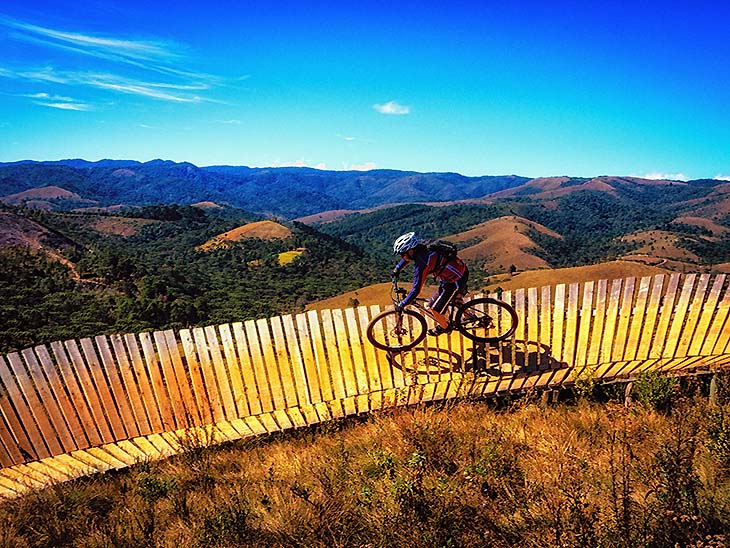
If you don’t intend to ride trails with many obstacles (such as roots or rocks), you should go with a hardtail mountain bike. They’re lighter and cheaper than full-suspension models, but they offer more than enough comfort for casual trail riding or cruising around your neighborhood. However, if you want to explore off-road trails, the extra cushioning provided by a full-suspension mountain bike is invaluable!
Wheel Size
Wheel size refers to the circumference of the wheel, measured in inches (e.g., 26″). What does this number mean? It determines how wide your tires will be; the bigger the wheel size, the wider the tires. The narrower they are, the faster your bike will go while traveling over flat surfaces; while taking tight corners, small wheels make it easier for you to make sharp turns. What is more, larger wheels tend to bounce off obstacles while small wheels roll on.
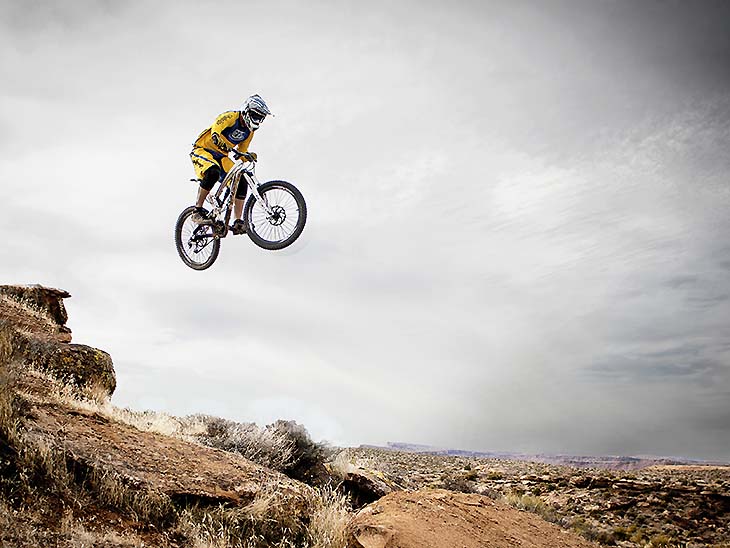
The wheel size dictates the size of your tires. For example, 27.5-inch wheels usually have 2.6-inch wide tires, which are perfect for cross-country trails. On the other hand, 29-inch wheels are mounted with 3-inch wide tires, suitable for rugged terrain and long-distance rides. Just like anything else, these wheel sizes come with their strengths and weaknesses. You should determine which wheel size will suit your needs based on what kind of riding you’re planning to do.
Conclusion
Mountain biking is a fantastic sport, but it requires the right equipment. That’s why you need to think about what kind of riding you want to do before you decide on a mountain bike. After reading the guide above, you should have a general idea about what to look for when choosing a mountain bike. There’s no universal solution because every rider has their own needs and preferences.
Please share your best tips for mountainbiking on your trip e in the comments below, on Twitter, Facebook or Instagram.
